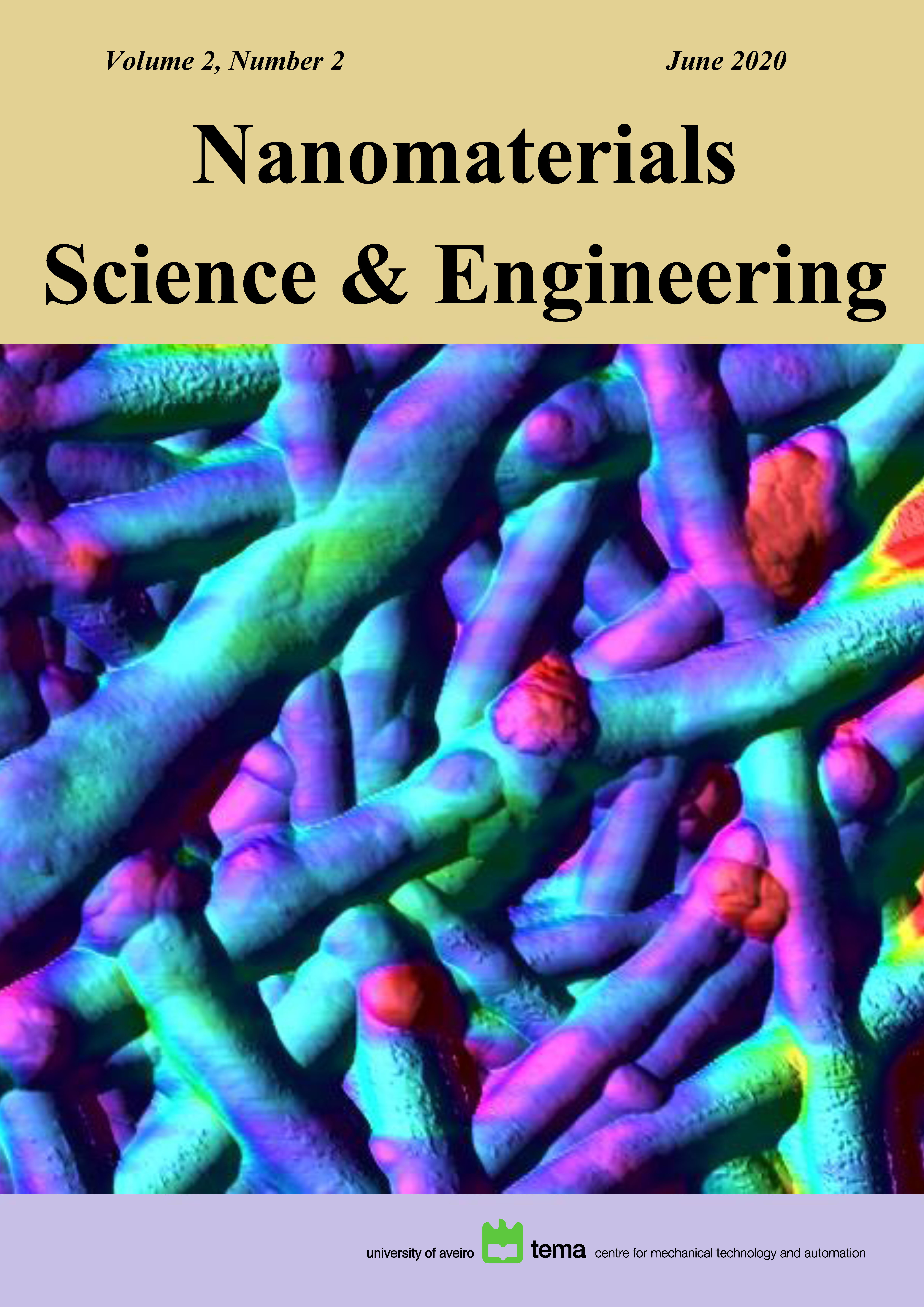Graphoepitaxial growth of CeO2 thin films on tilted-axes NdGaO3 substrates by pulsed laser deposition
Abstract
CeO2 thin films were grown on NdGaO3 tilted-axes substrates by pulsed laser deposition (PLD) showing three-dimensional graphoepitaxial (3DGE) growth in the whole studied range of substrate tilt angles γ = 5-27º. Deviations from the tangent dependence can be divided into a systematic negative part and local deviations near certain film tilt angles. The systematic deviation may be explained as the effect of completely-strained coherent growth of the bottom layers of CeO2 film. Minimization of the surface energy near the small-index crystallographic planes (012) and (013) may account for the local deviations from the calculated dependence. The width of the rocking curve and the lattice constant variation for the 3DGE CeO2 films increase almost linearly with the substrate tilt angle until 19º and decrease for higher γ.
At different deposition rates the 3DGE CeO2 film exhibits three possible structures: (i) relaxed completely oxygenated films at very low deposition rate, (ii) completely strained well-oxygenated films at moderate deposition rates, and (iii) oxygen-deficient films consisting of two layers at high deposition rates. The deviations of orientation of the film from the 3DGE formula are set by the lattice constant c in the direction normal to the (110) SICP of the substrate, which, in turn, depends on oxygen deficiency and the level of strain, introduced into the film by lattice mismatch with the substrate.
Copyright (c) 2020 Nanomaterials Science & Engineering

This work is licensed under a Creative Commons Attribution-NonCommercial 4.0 International License.
Copyright Information
Authors who publish in the Nanomaterials Science & Engineering agree to the following terms:
- Authors retain copyright and grant the journal right of first publication with the work simultaneously licensed under a Creative Commons Attribution License that allows others to share the work with an acknowledgement of the work's authorship and initial publication in this journal.
- Authors are able to enter into separate, additional contractual arrangements for the non-exclusive distribution of the journal's published version of the work (e.g., post it to an institutional repository or publish it in a book), with an acknowledgement of its initial publication in this journal.
- Authors are permitted and encouraged to post their work online (e.g., in institutional repositories or on their website) after publication, as it can lead to productive exchanges, as well as earlier and greater citation of published work.
Copyrights to illustrations published in the journal remain with their current copyright holders.
It is the author's responsibility to obtain permission to quote from copyright sources.
Any fees required to obtain illustrations or to secure copyright permissions are the responsibility of authors.





